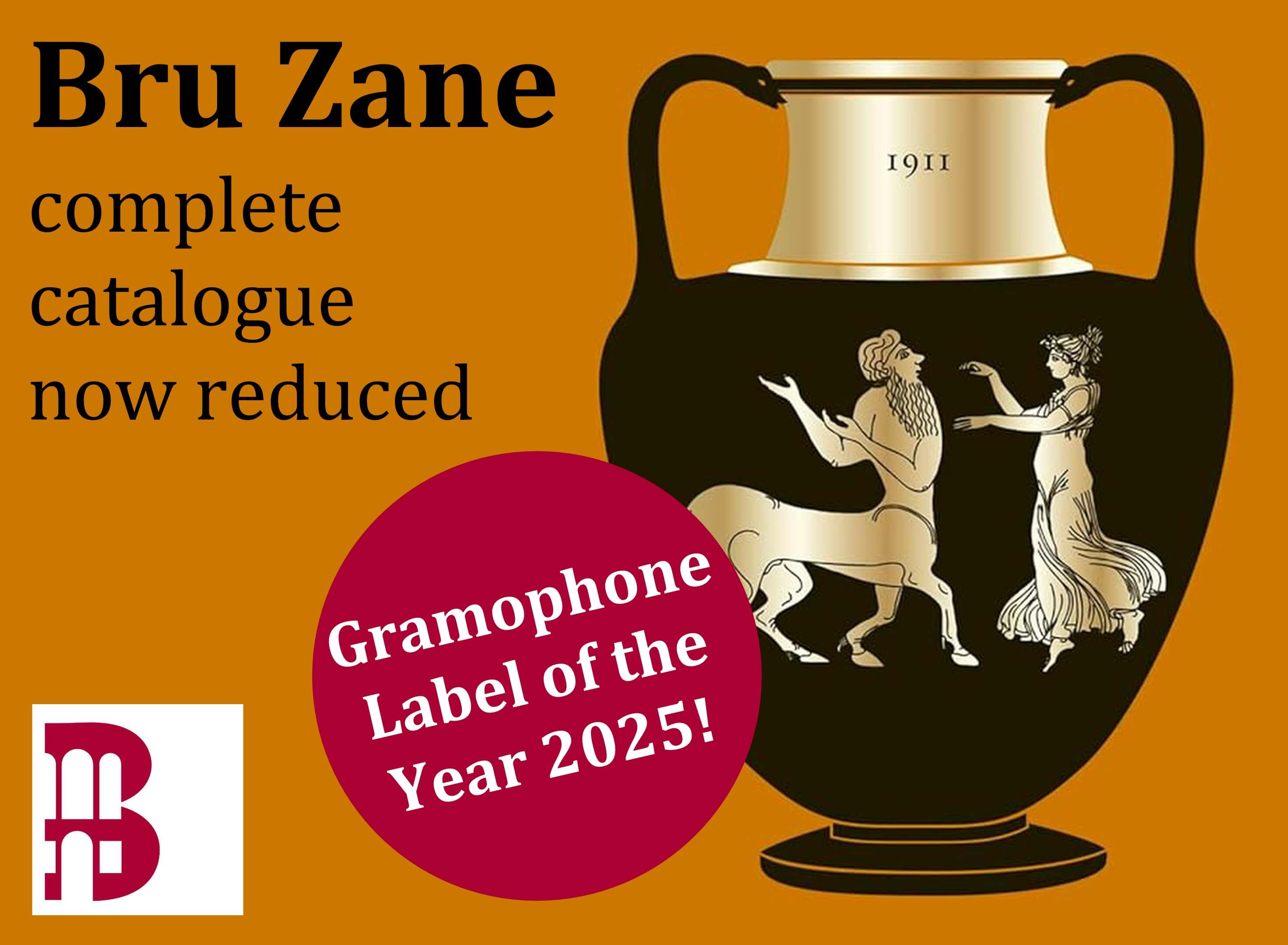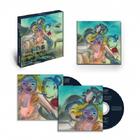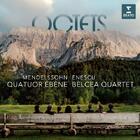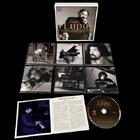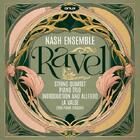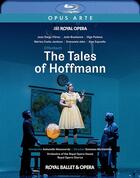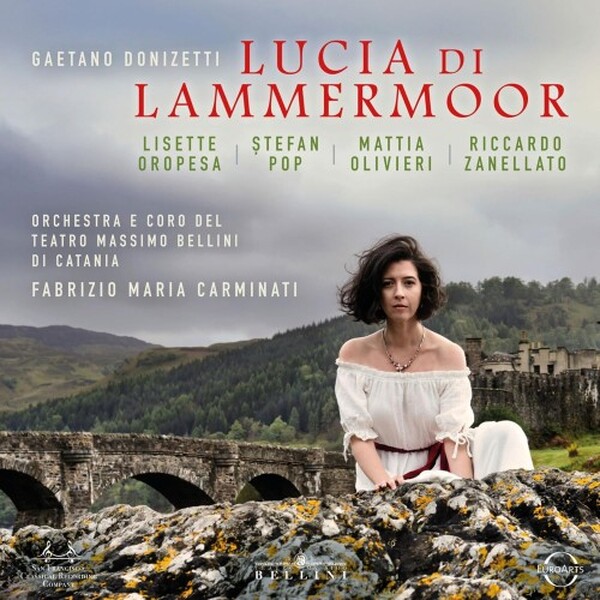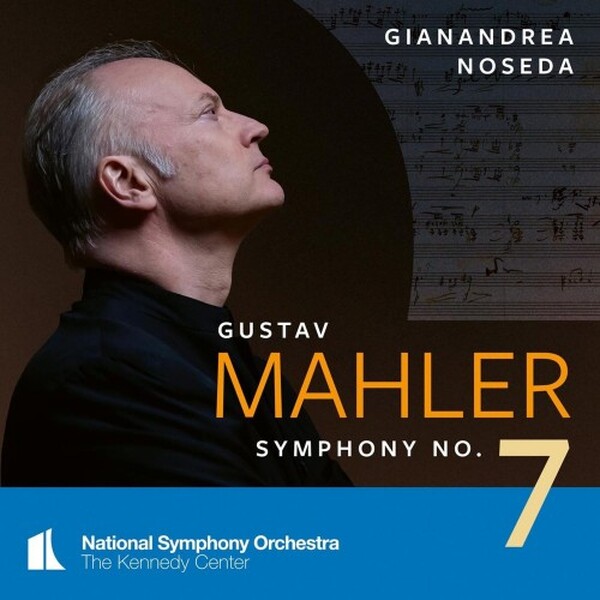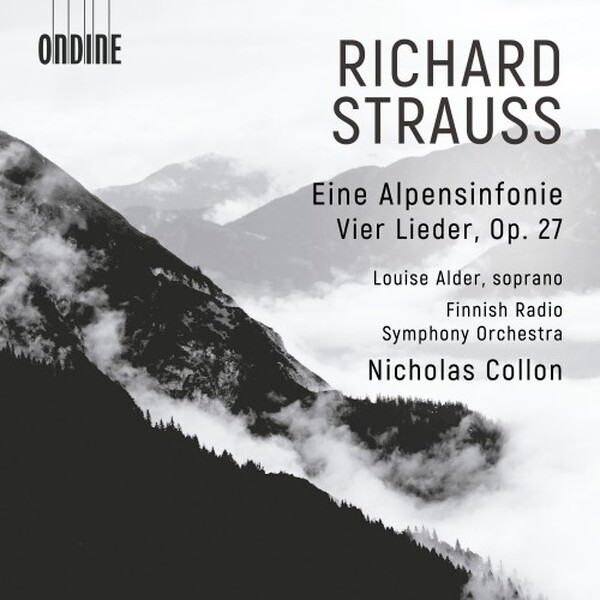
The Europadisc Review
R Strauss - Eine Alpensinfonie, 4 Lieder op.27
Nicholas Collon, Louise Alder (soprano), Finnish Radio Symphony Orchestra
£11.41
Although he only took over the reins of the Finnish Radio Symphony Orchestra from Hannu Lintu as recently as 2021, Nicholas Collon has already been making his mark with them in a string of acclaimed recordings on the Ondine label. Collon is best known to British audiences for his work with the Aurora Orchestra, including their hugely successful Proms appearances, performed entirely from memory. As the first non-Finn to be appointed chief conductor of the FRSO, he has burnished his credentials in late-Romantic, 20th-century and contemporary repe... read more
Although he only took over the reins of the Finnish Radio Symphony Orchestra from Hannu Lintu as recently as 2021, Nicholas Collon has already been making his mark with them in a string of acclaimed r... read more
R Strauss - Eine Alpensinfonie, 4 Lieder op.27

Nicholas Collon, Louise Alder (soprano), Finnish Radio Symphony Orchestra
The Spin Doctor Europadisc's Weekly Column

2025: A Year of Celebrations and Challenges 17th December 2025
17th December 2025
This year has been a memorable but also testing one for classical music. The past twelve months have seen a succession of notable anniversaries, marked with varying degrees of prominence, for composers ranging from Palestrina and Gibbons, via Bizet, Ravel, Satie and Shostakovich, to the modernist giants Boulez and Berio. Perhaps not surprisingly, the Palestrina and Gibbons have been celebrated with less fanfare than might have been hoped (early music is still viewed by many as a ‘niche’ interest), a more comprehensive coverage of Bizet’s operas is still awaited (though we suspect that the ever-enterprising Palazzetto Bru Zane may change that), while, apart from a few well-known works like Sinfonia and Coro, the wider output of Luciano Berio is still underrepresented on disc (and, here again, the operas deserve more attention).
The birth centenary of the widely respected... read more
 FREE UK SHIPPING OVER £35!
FREE UK SHIPPING OVER £35!

